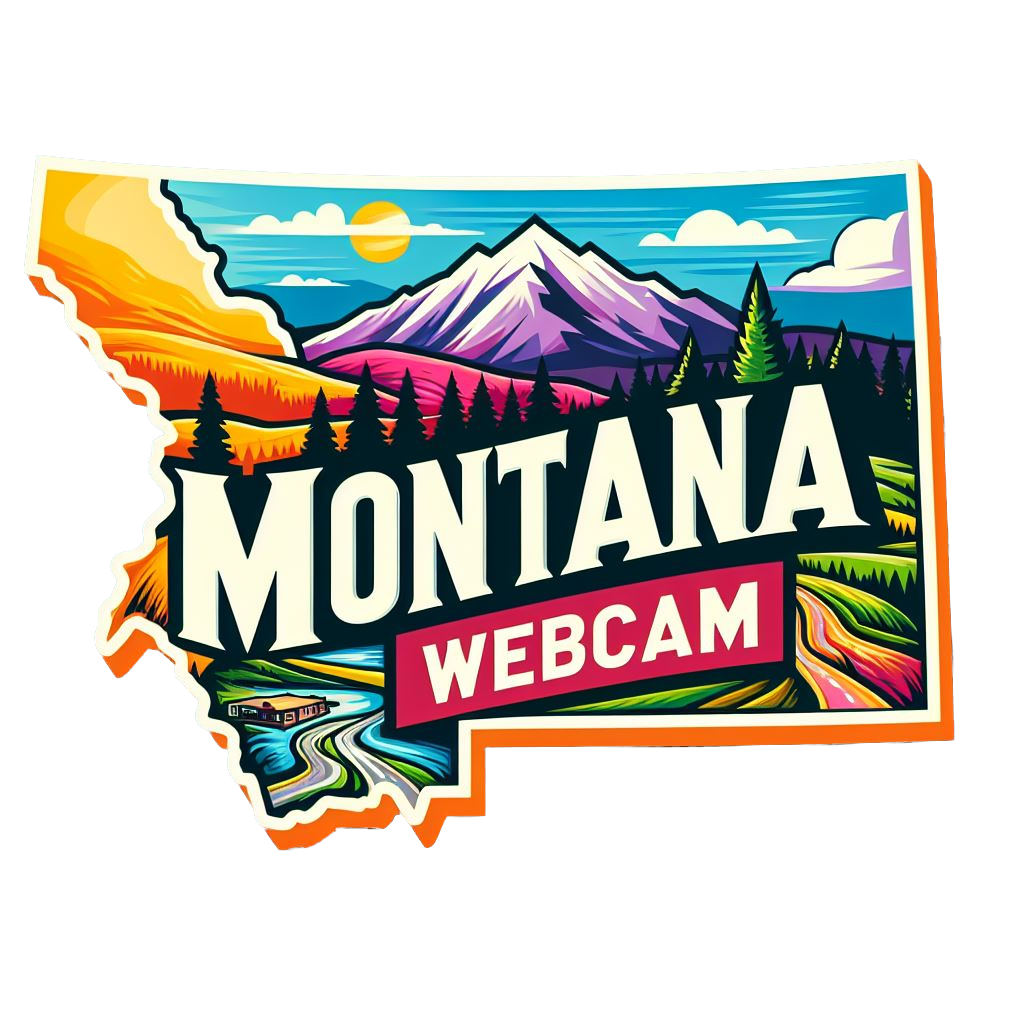Georgetown Lake, MT Weather Cams
Route 1 Cam

Norris Hill Cam

Georgetown Lake, Montana: A Jewel of the Rocky Mountains
Georgetown Lake, MT Weather Cams. Nestled amidst the rugged beauty of the Rocky Mountains in southwestern Montana, Georgetown Lake stands as a shimmering gem in the wilderness. Its tranquil waters, framed by towering peaks and lush forests, have beckoned travelers and outdoor enthusiasts for generations. Yet, behind its serene facade lies a storied history of human endeavor, resilience, and natural wonder. From its glacial origins to its modern-day role as a recreational paradise, the history of Georgetown Lake is as captivating as the landscape itself.
Glacial Beginnings
Georgetown Lake owes its existence to the forces of nature, specifically the glaciers that once covered the region during the Pleistocene epoch. As these massive sheets of ice carved their way through the Rocky Mountains, they gouged out deep valleys and carved out basins that would later become lakes. Georgetown Lake is one such glacial relic, formed when the melting ice left behind a depression that filled with water.
The lake, situated at an elevation of over 6,000 feet, is surrounded by peaks reaching heights of over 10,000 feet, creating a stunning backdrop that adds to its allure. The surrounding landscape, characterized by dense forests, alpine meadows, and rugged terrain, provides a haven for wildlife and outdoor enthusiasts alike.
Native American Presence
Long before European settlers arrived in the region, Georgetown Lake and its surroundings were inhabited by Native American tribes, including the Salish, Kootenai, and Nez Perce. These tribes lived in harmony with the land, relying on its abundant resources for sustenance and spiritual connection.
For the Native Americans, Georgetown Lake and the surrounding mountains held significant cultural and religious importance. They regarded the land as sacred, believing it to be inhabited by powerful spirits and deities. The lake provided a vital source of freshwater, while the surrounding forests offered game for hunting and plants for gathering.
European Exploration and Settlement
The first recorded European exploration of the Georgetown Lake area occurred in the early 19th century, as fur traders and trappers ventured into the Rocky Mountains in search of pelts and other valuable resources. However, it wasn’t until the late 19th century that permanent settlement began to take root in the region.
The discovery of gold and other precious minerals in the surrounding mountains sparked a rush of prospectors and miners to the area in the late 1800s. Mining camps and settlements sprang up along the shores of Georgetown Lake, as fortune-seekers sought their fortunes in the rugged wilderness.
The town of Phillipsburg, located near the northern end of Georgetown Lake, became a hub of activity during this time, with prospectors and miners flocking to the area in search of riches. The town’s historic buildings, some of which date back to the mining era, still stand as a testament to its colorful past.
Mining and Industry
Mining played a significant role in the early development of the Georgetown Lake area, shaping its economy and community life. Gold, silver, and copper were among the minerals extracted from the surrounding mountains, fueling the growth of the local mining industry.
One of the most famous mines in the region was the Granite Mountain Mine, located near Philipsburg. The mine, which operated from the late 19th century until the early 20th century, produced millions of dollars’ worth of silver and copper ore, making it one of the richest mines in Montana.
The mining industry brought prosperity to the region but also brought challenges, including environmental degradation and labor disputes. Despite these challenges, mining remained a cornerstone of the local economy for much of the early 20th century.
Development of Recreation
As the mining industry declined in the mid-20th century, Georgetown Lake began to transition into a recreational destination. Its pristine waters and scenic surroundings attracted anglers, boaters, and outdoor enthusiasts seeking adventure in the mountains.
In the 1950s, the construction of Highway 1, also known as the Pintler Scenic Route, provided improved access to Georgetown Lake and the surrounding area. This paved the way for the development of recreational facilities, including campgrounds, boat ramps, and picnic areas, which further enhanced the lake’s appeal to visitors.
Today, Georgetown Lake is a popular destination for fishing, boating, camping, and hiking. The lake is renowned for its excellent trout fishing, with rainbow, brown, and brook trout abundant in its waters. During the summer months, the lake’s shores are dotted with campers and RVs, while anglers cast their lines from boats and shorelines.
Conservation Efforts
In recent years, efforts have been made to conserve and protect Georgetown Lake and its surrounding ecosystems. The lake is part of the Beaverhead-Deerlodge National Forest, which encompasses over 3 million acres of public land in southwestern Montana.
The Forest Service, in collaboration with state and local agencies, has implemented measures to manage recreation and protect water quality in Georgetown Lake. These efforts include the installation of boat inspection stations to prevent the spread of invasive species, as well as the restoration of riparian habitats along the lake’s shoreline.
Georgetown Lake Today
Today, Georgetown Lake remains a beloved destination for outdoor enthusiasts and nature lovers seeking solace in the mountains. Its tranquil waters, framed by towering peaks and lush forests, offer a sanctuary from the hustle and bustle of modern life.
The town of Philipsburg, located near the northern end of the lake, has embraced its role as a gateway to Georgetown Lake and the surrounding wilderness. The town’s historic downtown district, with its charming storefronts and Victorian-era architecture, is a popular stop for visitors exploring the area.
As Georgetown Lake continues to evolve, it remains a symbol of the enduring bond between humans and nature. Its storied past and breathtaking beauty serve as a reminder of the importance of conservation and stewardship in preserving the treasures of the Rocky Mountains for future generations to enjoy.
For more information, visit the official Georgetown Lake, MT website.
